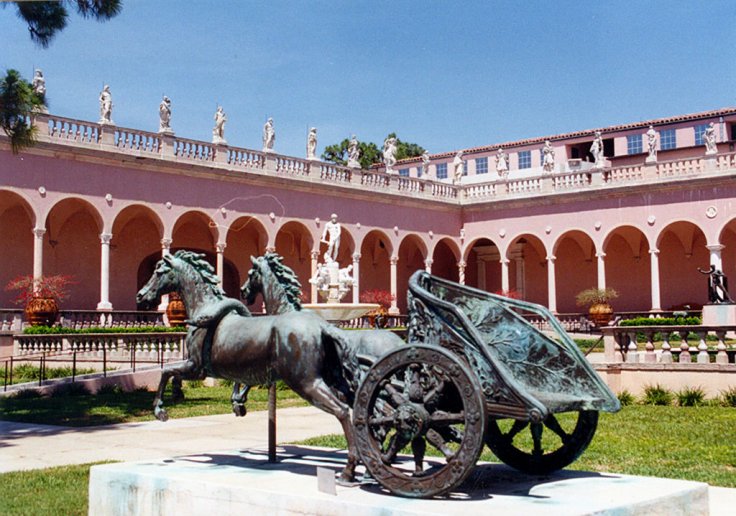
Archaeologists found a Roman chariot and the fossilised remains of horses in Croatia that will allow the future researchers to observe the historic era differently, as the new findings near the city of Vinkovci offered a glimpse into the world of the wealthy from ancient times and the luxurious way they used to bury their belongings.
It should be mentioned that the historic city of Vinkovci is actually the oldest town in Europe. It is also the birthplace of Roman emperors Valentinian and Valens. Situated at the easternmost part of Croatia, hidden between the Danube and Sava, Vinkovci inhabited for more than 8000 years. It was a small part of the Roman Empire, which was started after Augustus Caesar proclaimed himself the first emperor of Rome in 31 BC and ended with the fall of Constantinople in 1453 CE.
During the recent excavation program, the researchers discovered a large burial chamber in which the two-wheeled Roman carriage was unearthed. The excavation team later found skeletons of two horses. Archaeologists noticed that while one of the horses was situated in front of the carriage, the other horse properly laid out in the exact position it was buried thousands of years ago.
While explaining an expert in the Roman history, Boris Kratofil told the local media that the ritual was common to those people from the ancient Roman-era who were wealthy enough and this custom is mainly popular in the province of Pannonia which includes modern-day eastern Croatia. It should be noted that these horses and chariot belonged to third century AD.
But still, this research is not enough to find accurate time stamp for the two discoveries, as it needs more accurate facts to prove the timeline. The director of the Institute of Archaeology in Croatia, Marko Dizdar said that the team is eager to know whether this Roman-era horses "were bred here or came from other parts of the empire," which will let the researchers know "more about the importance and wealth of this family."
Historians claimed that the first form of the chariot was developed in Sumer and Akkad that was pulled by donkeys. Later, following its popularity, donkeys were replaced with horses and slowly Egyptians, Celts and much of Europe started to use it on a regular basis as well as in the battlefield.









